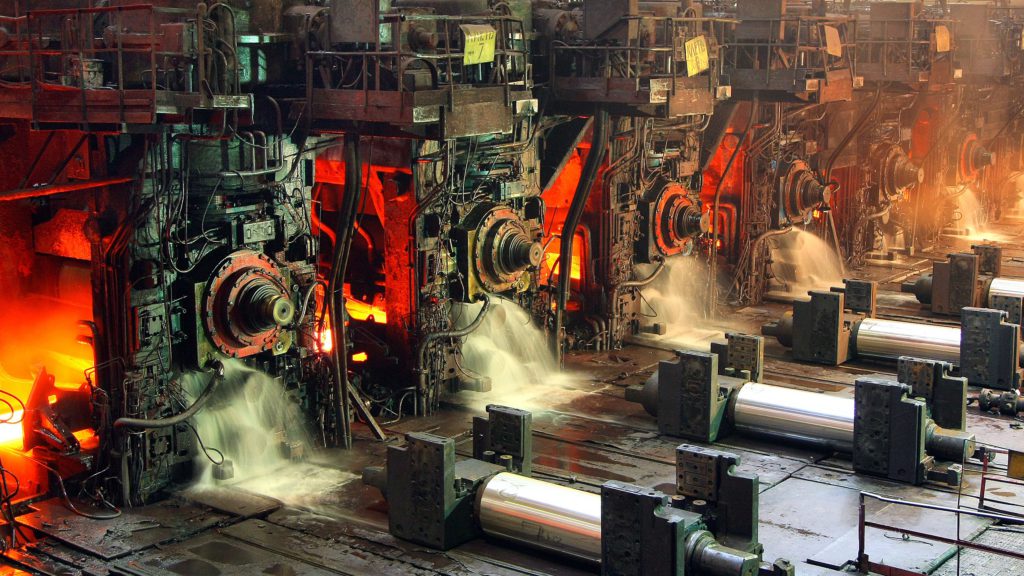Iron ore price rebounds as China steel output hits an all-time high

The robust pace of production also lifted the year-to-date tally to 375 million tonnes, a 16% jump compared to same period last year.
This comes as iron ore stockpiles at Chinese ports declined for the third week, indicating strength in demand.
Futures prices for construction rebar and hot rolled coils have jumped 32% and 38% so far this year
Benchmark 62% Fe fines imported into Northern China (CFR Qingdao) were changing hands for $217.77 a tonne on Monday, up 4.3%, according to Fastmarkets MB.
“As China’s steel production still continues to expand, its steel margins remain elevated and seaborne iron ore supply remains constrained, we think that the iron ore price can stay around the current level through 2Q, but is likely to remain highly volatile,” according to a note by analysts at Morgan Stanley.
Related article: Analysts not convinced the iron ore price run has legs
Iron ore rocketed higher in the early part of last week, prompting the authorities to crackdown further on the steel sector. Steel mills from Tangshan to Shanghai were warned not to fabricate or spread price hike information after Premier Li Keqiang urged the nation to deal with surging prices.
“Besides increasing output at long-processing mills that are not subject to curbs, production at electric arc furnaces also gained,” Liu Xinwei, chief researcher with Sublime China Information told Reuters.
Futures prices for construction rebar and hot rolled coils have jumped 32% and 38% so far this year, respectively.
The bourse in Dalian has raised trading limits for iron ore, while the Shanghai Futures Exchange plans to raise trading limits of deformed steel bar and hot-rolled sheet futures from Tuesday.
“The government may intervene but they were caught in between their policy of urbanization — which needs steel or ore and keeping consumption up — and their wish to control pollution and the iron ore price,” Philip Kirchlechner, director at Iron Ore Research Pty told Bloomberg.
“If the speculative component is big enough, any rumor about changes in government policy can push the price down again. This is what might be happening.”
(With files from Bloomberg and Reuters)




